dark summer
hinoki and rose; figs; reading the diaries of long deceased female authors; writing in your own diary; watching the head of a purple flower slowly dry, curl and wilt.
On top of the black mid century coffee table in our living room lies a curled up dead head of a purple and white flower that dropped from an old bouquet. Numerous petals have fallen off over time, but perhaps once, it could have been a dahlia.
To wilt is to become limp through heat, loss of water, or disease. It means to droop.
The flower is expired. The flower is beautiful.
As a child, one summer I found a dead frog in our back garden. Its body was dry, brown and hard like leather; it was stretched out as if death had caught it in mid leap — a rare phenomenon of natural precocious mummification. This is the process of body mummified in the natural world within a short period of time due to particular hot and arid conditions.
Under the sticky, oppressive summer heat, I am reminded of death.
Outside is the distant yet constant sound of children screaming and playing. On summer evenings at home I light candles, take cool showers and keep the curtains open to let the dusk light fall across the floorboards and rugs. During this season I feel a crushing pressure to be outside, in the light and the heat, savouring every second I possibly can.
Sickness, fatigue and duties to work keep me mostly inside. I try to let go of my preconceptions about this season. I am still afraid that the sun will disappear and never return. I want to feel his heat-light beating down on my body, through my flesh, and bleaching my white bones.
Instead I douse my body with the fragrances of hinoki and rose. I tear open and consume figs. I read the diaries of long deceased female authors. I write meandering entries in my own diary. I try to haunt my own living space like a ghost. I embody every quality of a shadow.
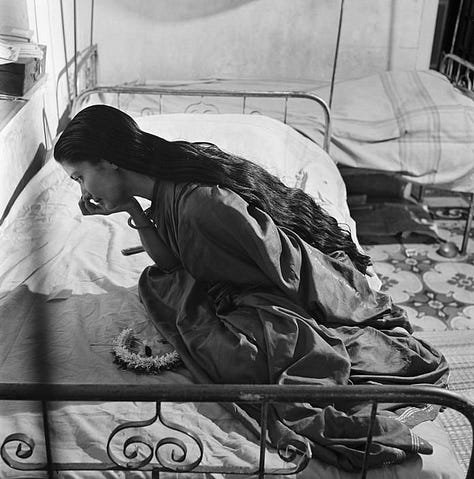

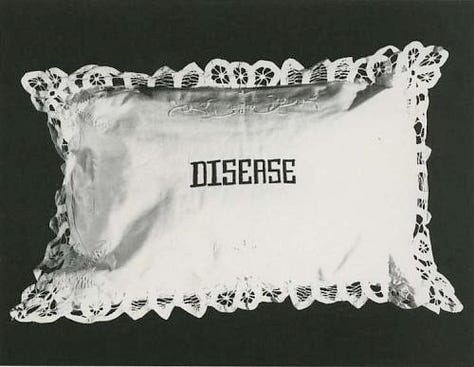
I have almost finished reading The Unabridged Journals of Sylvia Plath and this year I also intend to read the diaries of Susan Sontag, Anaïs Nin, Simone de Beauvoir and Virginia Woolf (Please recommend more diaries of female writers).
For years now I have been interested in the diary as a literary genre. It makes sense that I would also be drawn to autofiction, and I loved reading both Simple Passion and Getting Lost by Annie Ernaux and making a comparison between the degrees of construction between the two forms. What stands out the most is how condensed Simple Passion is from it’s diary counterpart, how succinct you can make the enormous experiences of life.
Personal writing is a particularly pertinent topic at the moment as Notes to John, the journal reflections after psychiatrist sessions which Joan Didion wrote addressed to her husband, that she didn’t intend for publication, gets ready for its debut.
Some selections of this debate are perhaps too focused on asserting the form of the journal or the diary as private and sacred. I think the diary can be a distinct literary genre, and perhaps some writers do like to be coy with their diary keeping. Like almost everything: it depends. I am yet to reach a conclusion about the morality of reading writers diaries. Personally, I would argue the emphasis should be more on the impulses of literary estates publishing work of any kind from an author, whether this be diaries, their unfinished novels, their half baked essays, or grocery shopping lists. As Didion rightly says, writers are not an infinite resource to be mined from by publishing houses.
The peculiarity of being a writer is that the entire enterprise involves the mortal humiliation of seeing one’s own words in print. The risk of publication is the grave fact of the life, and, even among writers less inclined than Hemingway to construe words as the manifest expression of personal honor, the notion that words one has not risked publishing should be open to “continuing investigation” by “serious students of literature” could not be calculated to kindle enthusiasm.
JOAN DIDION, ‘Last Words: Those Hemingway wrote, and those he didn’t’.
Still, I love this about literature; how an authors intimacy to their readers fluctuates from occluded to laid bare like bones. There are some, like Joan Didion, who worked meticulously to show you only what she wanted you to see, leaving a slight crack open in the text somewhere, for the keenest of eyes. Then there is Anaïs Nin who actively sought to publish her diaries, in part because of the appeal of them in the context of the sexual revolution. I think of the process of dressing and undressing. Showing off a certain detail of your outfit or your body. How much do you want to share to an audience? Or how much do you want to make them think you’re sharing?
Two years ago in my own diary I promised myself that I would write with more effort and presence. I would write with more beauty and meaning. I would experiment and cultivate the craft of writing. There are passages in my journals that do meet this criteria, but there are many more that are written in hurry and desperation and disorientation. Other times; dull, hypnagogic and repetitive. Keeping a journal since the age of sixteen, it has always felt like a mode of survival. I do not mind the oscillation between feral and detached: it’s all me.
Journal Entry 2nd July 2023
If spring is death then summer is decay. It is the season in which I decompose - body and soul. There are five stages of vertebrate decomposition. May is Fresh. The month where spring bleeds into summer, temperatures rise and the air begins to stiffen. June is Bloat. We are swollen with death now. July is Active Decay. This month is accompanied by black dots buzzing. The flies and crows descend. August is Advanced Decay. The crows have had their fill and the flies have left their babies; maggots crawl and reign. Finally we reach September. September is late and dry. September is the skeletonised month. Where bones lie clean and exposed. A hard framework is all that’s left, no preservation, all the tissues, fibres, blood and nerve endings are gone. The heart has not mummified this time.
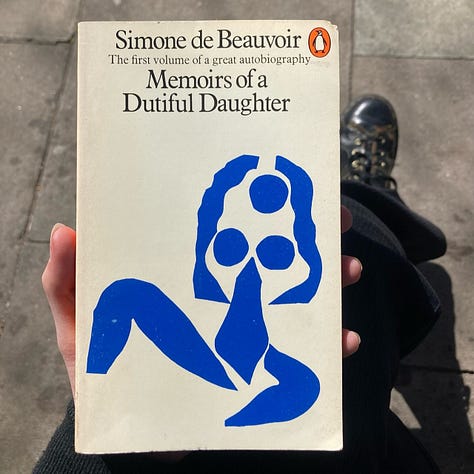
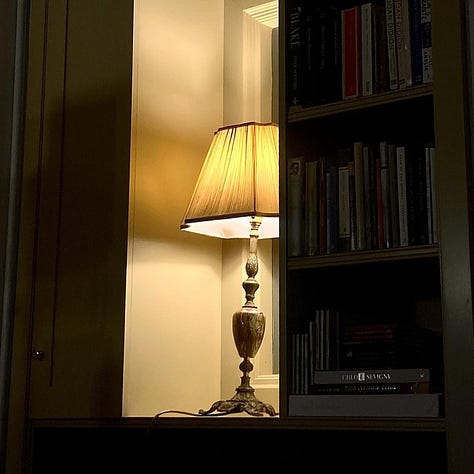

a) the copy of memoirs of a beautiful daughter I picked up from Keith Fawkes, the secondhand bookshop in Hampstead Heath.
b) vintage lamp I found on eBay on my bookshelves.
c) two-headed calf skull I at the Hunterian Museum, which reminded me of the Laura Gilpin poem.
This summer, I want to embrace solitude and privacy and quietness. Look out at the sunlight from the shade instead of standing in it, letting it burn. I want to look at the reflective surface of a pond or pool, feel the iciness of the water as I dip my hand below, reaching for new things in its depths.

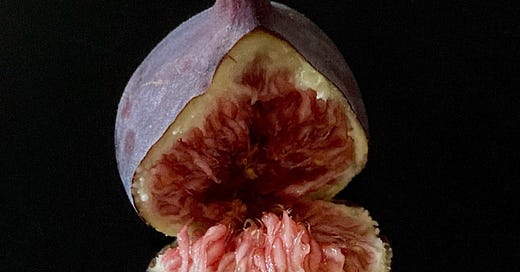


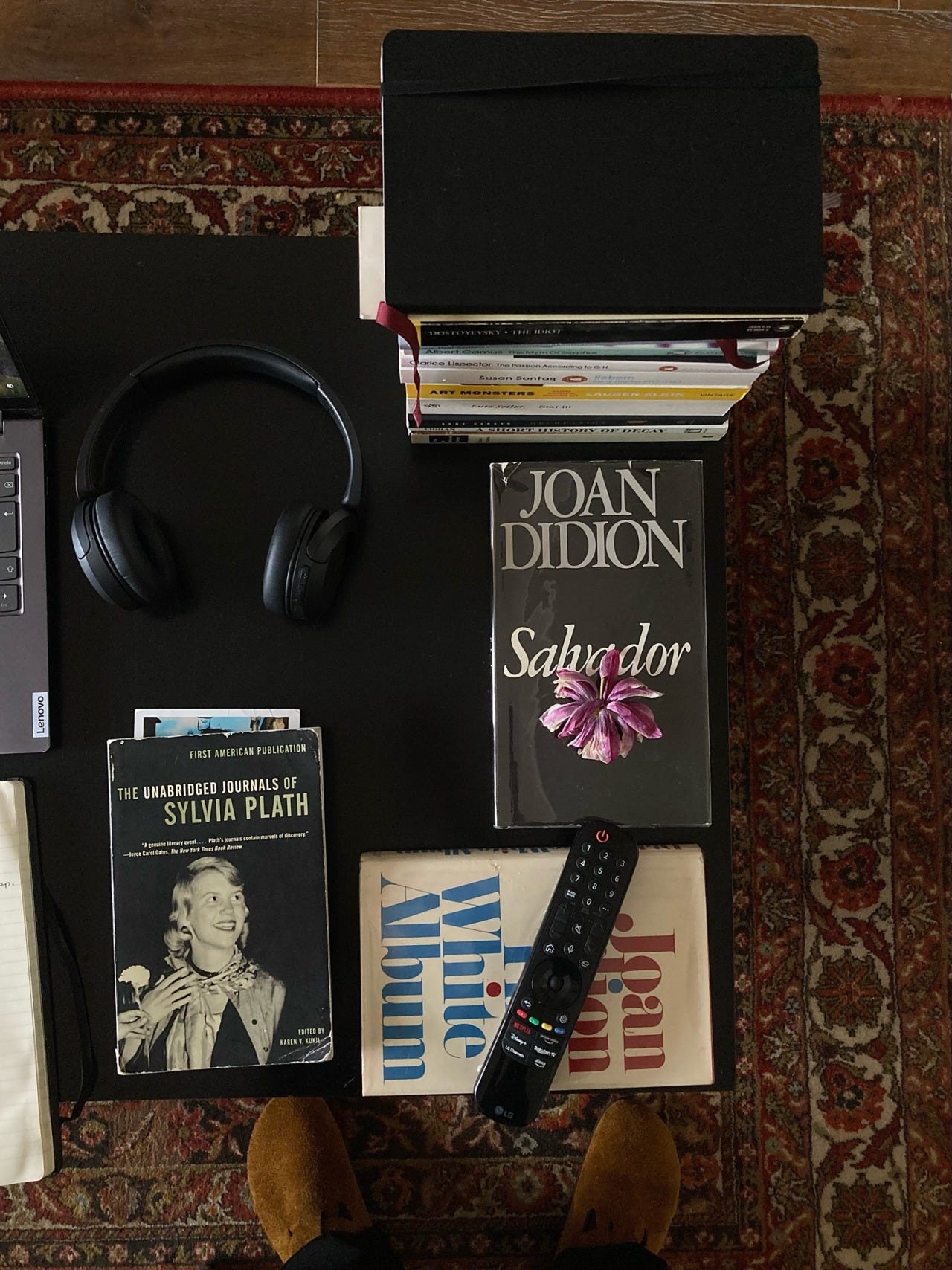
Loved this piece...✨
It also ignited in me the urge to read more diaries and autofiction...
I recommend (in addition to your fantastic selection) some women writers from Japan! Some really interesting tidbits about imperial Japan, court life, and femininity can be found in the likes of:
1. The Pillow Book
2. The Diary of Lady Murasaki
3. The Gossamer Years